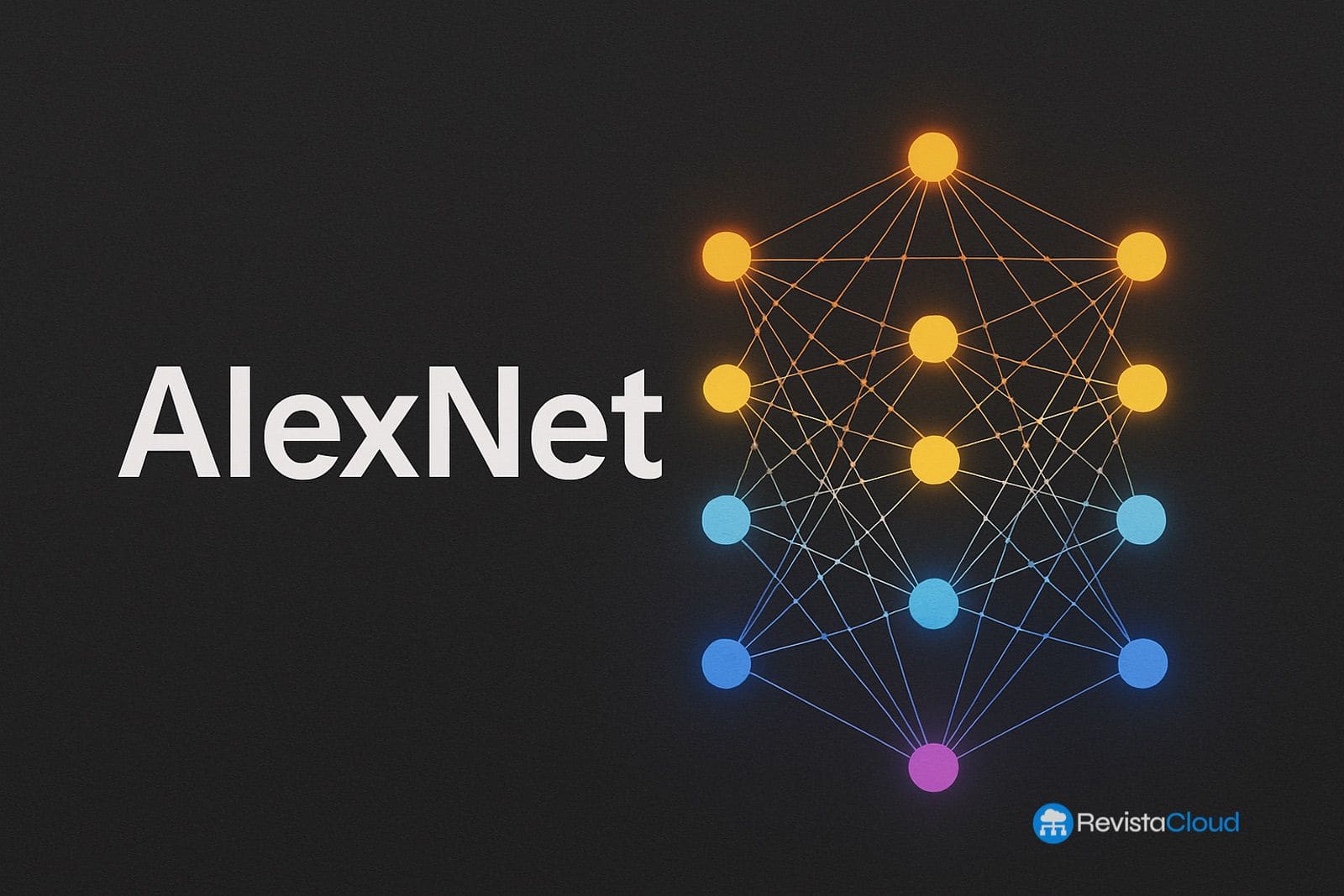The release of the source code for AlexNet, the model that sparked the “deep learning” era in 2012, marks a milestone in the history of AI. The Computer History Museum and Google are publishing it as open-source software for academic and historical use.
The Computer History Museum (CHM), in collaboration with Google, has released the original source code for AlexNet, the convolutional neural network that changed the course of modern artificial intelligence in 2012. This gesture, more than symbolic, provides researchers and enthusiasts with access to a key piece of software in recent technological history, comparable to access to the original blueprints of the ENIAC or the manuscripts of Alan Turing.
AlexNet was not just a successful neural network. It was the turning point that demonstrated that deep learning, a technique that had been in development for decades without yielding revolutionary results, could far surpass traditional methods in tasks like image recognition. It achieved this in the prestigious ImageNet competition in 2012, where its performance outmatched the competition with unprecedented accuracy.
A Milestone Resulting from the Convergence of Three Key Technologies
Developed by Alex Krizhevsky, Ilya Sutskever, and their thesis advisor, Geoffrey Hinton, at the University of Toronto, AlexNet was the first network that effectively combined three fundamental elements: deep neural networks, access to large volumes of labeled data (the ImageNet dataset), and the computational power of NVIDIA GPUs programmed with CUDA. The original training took place on a home computer with two graphics cards, in Krizhevsky’s bedroom at his parents’ house.
The architecture used, a deep convolutional neural network (CNN), allowed the system to learn hierarchical representations from the data without human intervention to manually define the features. This approach significantly outperformed traditional computer vision algorithms and opened the door to the development of systems capable of seeing, understanding, and generating content with an increasingly human-like level of accuracy.
A Decade of Unstoppable Impact
Since then, deep learning has spread to virtually every technological field: from speech synthesis, text and image generation, to massive language models like ChatGPT, which Sutskever would help co-found years later at OpenAI. AlexNet provided the definitive validation that deep neural networks could not only learn but also effectively generalize in complex tasks.
The accompanying academic paper, “ImageNet Classification with Deep Convolutional Neural Networks”, has been cited over 172,000 times, making it one of the most influential scientific works of the 21st century.
The Importance of Preserving the Digital Legacy
The publication of the original code required years of collaborative work between CHM and Google, which acquired the rights after purchasing the startup DNNresearch created by the authors of AlexNet in 2013. The museum began the process in 2020 and now presents the exact version used in the 2012 training, accompanied by the trained parameter files from ImageNet.
This initiative allows the public to access not just a piece of software but also a historical testament to the birth of modern artificial intelligence. Many GitHub repositories labeled as “AlexNet” were reimplementations or modified versions. For the first time, the authentic code that marked a turning point is now available.
Beyond the Technical: The Ethical Implications
The success of AlexNet has had profound consequences, both positive and problematic. It has enabled spectacular advancements in medicine, accessibility, and science but has also facilitated controversial tools like deepfakes, automated surveillance, and the mass generation of misinformation. Geoffrey Hinton himself, considered one of the “fathers of deep learning,” resigned from his position at Google in 2023 to raise awareness about the risks of uncontrolled AI.
In Hinton’s own words, regarding the origin of AlexNet: “Ilya thought we should do it, Alex made it work, and I won the Nobel Prize.”
The Code is Now Available
The source code for AlexNet can now be downloaded from the official Computer History Museum repository on GitHub.
This publication opens a privileged window for students, educators, technology historians, and AI professionals who wish to understand, in detail, how a set of meticulously programmed algorithms changed the course of global technological development. Because understanding the past is also a tool for designing a more conscious and balanced future.
Source: Computer History Museum

